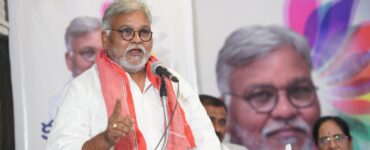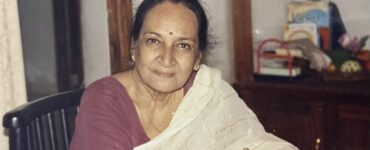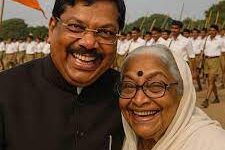‘Lady Doctors’ written by Kavita Rao is much more than just a book about six lady doctors. Above everything else she brings how these women had to struggle to carve out their careers irrespective of where they came from. Upper or lower caste doesn’t really matter. This particularly comes out in the case of Kadambini Ganguly, who is a Bengali Brahmin. In spite of decent support from husband and society she still had her fair share of struggles.
‘Lady Doctors’ begins off with the story of Anandibai Joshi. She is also a Bramhin who became the first Indian woman to cross the seas and travel to Philadelphia to study medicine. Her life was cut short by illness, malnutrition and lack of adequate health care. Her life ended before she could practice medicine but Anandibai still remains an inspiration.
Some of the other important women include Rukhmabai Raut. Rukhmabai is born in a Suthar (viswakarma community) caste in Bombay. She was the first to try and legally break her marriage. In her lifetime Rukhmabai smashed every rule of Hindu society. She also faced the wrath of activists like Bala Gangadhar Tilak. In spite of him being a freedom fighter he was not able to accept women’s equality.
The stories of the other women also make for a fascinating read. These are Muthulakshmi Reddy and Mary Poonen Lukose. Muthulakshmi Reddy is an important personality for many reasons. Chief most reason being that she was the first member of the women’s Indian association. Muthulakshmi was a doctor and a feminist who battled against caste-based misogyny. Her mother was a devadasi called Chandrammal. Her father was ostracized from the family for marrying a devadasi. In her childhood she developed a close bond with the maternal side of her family. That closeness made her aware about the Devadasi community and their issues.
Mary Poonen Lukose is also an important personality as she was the first surgeon general of Tranvancore. The most admirable thing about her is the fact that she wanted to make a difference to the womenfolk of her land. After finishing medical education she decided to come to Travancore rather than pursuing a career in England.
A major highlight of the book is how Kavita Rao intertwines the politics of their times along with the stories of the women. For example in the introduction of Kadambini Ganguly there is a telling sentence. “In 1891, the conservative Bangabasi paper departed from its usual subjects to call Kadambini Ganguly – a matronly lady doctor- a whore.”
Out of the six stories some are taken from the briefest material available, others are backed by personal accounts. Out of the personal accounts the most heart rendering one is that of Haimabati Sen. This can be seen in the following words. “During the day, she and her husband’s daughters would play with dolls. At night, she would make excuses to avoid her husband’s advances. Haimabati would lie on the bed, silent and stiff as a piece of wood. When she fell asleep, someone would remove her clothes; she would wake up and wrap herself in a blanket.”
Kavita Rao also does a good job in binding all these stories together. Her excellence can be seen in the way that she places them in a context. Because of this you are able to appreciate the force of their will to succeed in their goals. In spite of the different backgrounds and methods the commonality is their desire to snip the patriarchal practices.
In a nutshell ‘Lady Doctors’ gives an important message about how the future generations should remember the efforts of our predecessors.
*









Very nice review
Thank you. Happy that you liked it
Must buy this book.
Definitely buy
Nice to expression…
Thank you